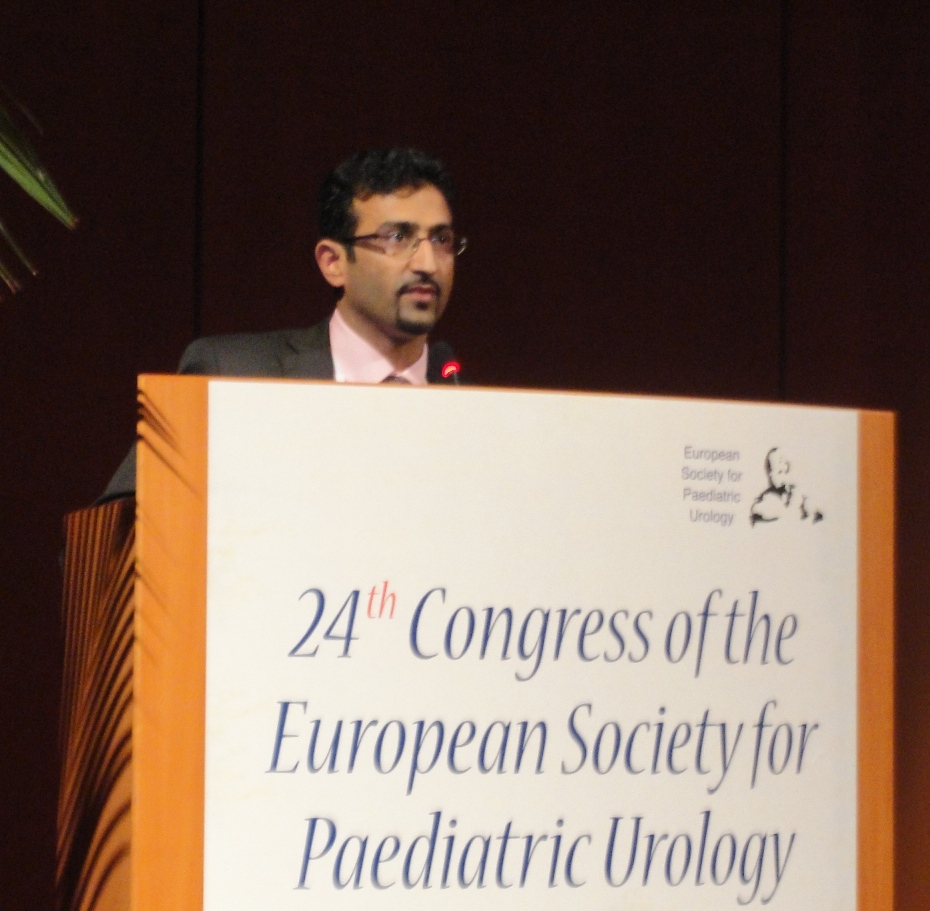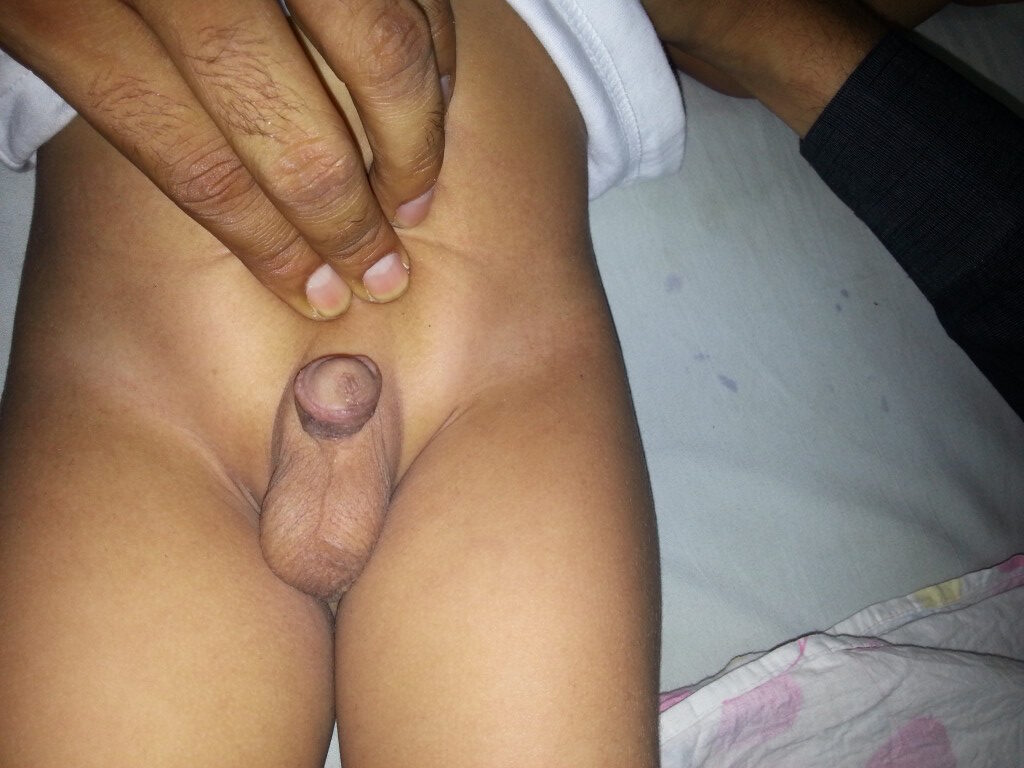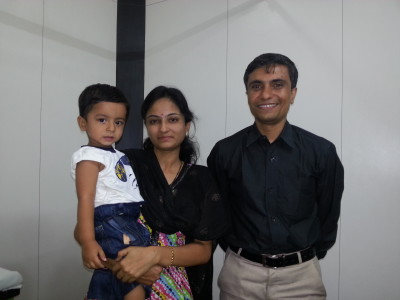Hypospadias surgery is a delicate, skillful and complicated surgery. The good thing about hypospadias treatment is that young babies heal very fast and become well within a week to ten days after the hypospadias repair. Fortunately, unlike adults, the children do not think about pain. They live their life happily soaking in, everything moment to moment. Adults on the other hand think and anticipate pain too much hence they land up having more pain. It is the anticipation of the pain which is worse than the pain itself.
That being said, here we have tried to give detailed post hypospadias repair instructions for the parents and patients so that they can understand the care which needs to be taken after hypospadias surgery. Please note that these are generalized instructions after hypospadias surgery and there will be some variations on a case to case basis and it is best to discuss with your hypospadias surgeon for other details.
- Diet: Children can often be fed 2-3 hours after hypospadias repair if the surgery was done under sedation and caudal epidural anesthesia. Some complex or failed hypospadias may require general anesthesia for surgery and these kids are kept empty stomach for 3-4 hours after surgery.
- Urine passage: In almost all the hypospadias repairs, there is urinary pipe called catheter which is left across the hypospadias repair site. This goes into the bladder and drains drops of urine continuously. It is generally removed after 5-10 days by the hypospadias specialist depending on the type of the repair.
- Diaper care: Post hypospadias treatment babies are kept in double diapers till the time the catheter is there. If the child is more than 6-7 years of age, then diapers may be difficult to maintain- hence we prefer to use a urine bag for drainage of urine. We ask the parents to make a hole on the front side of inner diaper and bring out the catheter to drain into the outer diaper. This way the inner diaper is changed only when the child passes motions and hence remains dry. Outside diaper is changed whenever it is full of urine.
- Hypospadias Dressing care: At the end of hypospadias surgery, we place a soft gauze roll dressing on penis to give some support to the healing penis. There may be minor bleeding into the diaper on and off for first 3-4 days which is nothing to worry about. The hypospadias dressing sometimes becomes loose and comes out. If this happens within first 2-3 days, then we change the hypospadias dressing. If it happens later, we just remove the dressing and leave the wound open.
- Discharge after hypospadias surgery: Most of the children who have a simple primary hypospadias are discharged the same day of surgery by evening- daycare hypospadias surgery. Children who are traveling from far may come the night before to hospital and stay for a day or two after surgery as well. Children who have undergone a failed hypospadias or a complex surgery are kept in hospital for 2 nights after surgery also for antibiotic injections or pain relief etc.
- Pain relief: We prescribe an oral syrup of analgesic medicine mostly a combination of ibuprofen and paracetamol for first few days after surgery. This ideally should be given post feeds and not on empty stomach. We also give a medicine called oxybutynin which is an anticholinergic and prevents bladder spasms (painful bladder contractions due to catheter).
- Medications: A broad spectrum antibiotic such as cephalexin is also prescribed to prevent infections along with an antacid medicine such as Lansoprozole for the first few days.
- Activity, walking, playing within the house is allowed even the day of surgery by evening but we ask the parents to make sure that the child does not use cycle or any toy on which straddling is needed. Child can sleep on his tummy if he likes to sleep that way. Double diapers prevent too much compression of the hypospadias repair site.
- Visits with doctor: We like to see the patients on day 5 after surgery for removal of dressing and for some minor hypospadias repairs we remove the catheter also at the same time. If its moderate or severe hypospadias surgery, we generally remove the catheter after 7-10 days and hence the catheter is removed on second visit then.
- Bathing: Once the dressing is out on day 5, the child can be given a short warm tub bath. We ask parents not to use any cotton or cloth for drying the area of hypospadias repair surgery as fibers can stick to the raw area. It is better than after drying the rest of the body the diaper is put on directly and that will dry the area.
- Ointments on penis: We advise putting a broad spectrum antibiotic ointment such as neosporin locally on the penis at each diaper change so that it prevents infection and also protects the raw area from sticking to the diaper.
We hope this little primer on care of children after hypospadias surgery helped you. Please feel free to get in touch with us if you need any further information. We hope and pray that your little kid becomes better soon and recovers well from hypospadias surgery.
About the author:

Dr A.K.Singal delivering his talk at ESPU
Dr A.K.Singal is one of the best hypospadias surgeons and Pediatric Urologists in India. He practices in Navi Mumbai, Thane and Mumbai area of India. Dr Singal believes in giving as much information to parents and families as possible about surgery, pre surgery and post surgery course. It helps the parents to be fully informed as he says in his own humorous way- “it decreases my stress and time per consult”
In case you have a child with hypospadias, you can contact him at the following places:
1. MITR Hospital & Hypospadias Foundation
74-90, 1st Floor, Above IDBI Bank, Chaturbhuj, Shilp Chowk
Sector-21, Kharghar, Navi Mumbai- 410210
Mon & Fri: 5:00-6:30pm, Tues: 12-1pm, Appointments: +91-22-27743558/4229 & 09324180553
2. Fortis Hospital, Mulund
Mulund Goregaon Link Road, Mulund, Mumbai – 400078
Wed & Sat: 4:00pm-5:00pm, Appointments: +91- 22- 43654365; 67994185
3. Jupiter Hospital, Thane
Wed & Saturday, 2:00pm-3:00pm, Appointments: +91-22-21725563/ 55
4. MGM’s New Bombay Hospital, Vashi.
Sector-3, Vashi-400703, Navi Mumbai
Mon, Wed & Fri: 7:00-8:00pm, Phone: +91-22-61526666/ 6675/ 6607
5. MITR Clinic, Vashi
C1/8, Sector- 2, Opp. Green City, Vashi, Navi Mumbai
Tue & Sat: 7:00pm-8:00pm, Appointments: +91-22-65163816 & 9324502572
6. Fortis Hiranandani Hospital, Vashi
Miniseashore road, Sector-10, Vashi, Navi Mumbai
Tue & Sat: 6:00pm-7:00pm, Appointments: +91-22-39199200, 222
Email address: arbinders@gmail.com
Websites:
www.pediatricurology.in, www.hypospadiasfoundation.com, www.mitrhospital.com
Youtube channel: www.youtube.com/pedurohypospadias
Videos:
Contact Form for Hypospadias Foundation
Please fill all clinical details and upload pictures and clinical summaries (if available)


